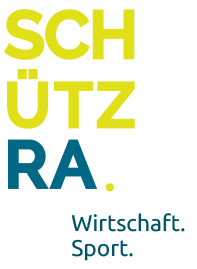THE PEOPLE IN OUR TEAM
A five-meter piece of rope, an open field and 14 volunteers.
That’s all Max Ringelmann needed to start his research on human interaction.
At the end of the 19th century, the French professor let students compete in a tug-of-war contest and made an astonishing discovery. When several test persons pulled on the rope together, the force they applied was surprisingly low. Initially, Ringelmann had presumed that a group of seven people should have pulled approximately seven times as much weight as a single person. As part of a team, however, the experiment’s participants applied significantly less force than when they pulled the rope alone. This phenomenon, known today as the “Ringelmann effect,” shows: real teamwork is difficult.
Good teams guarantee success
Around 125 years later, Jogi Löw remembered the Ringelmann effect. Leading up to the 2014 World Cup championship, the national trainer for Germany had claimed “the star is the team”. That, too, is a lesson learned from the Ringelmann effect. Don’t trust the pure sum of your talent, but pay close attention to the right mix. A good team is always stronger than the sum of its individual parts. At the same time, strong individuals do not automatically make a strong team.
In today’s world, you need to break down complex tasks in order to solve them. A team that works well together is a guarantee for success.
